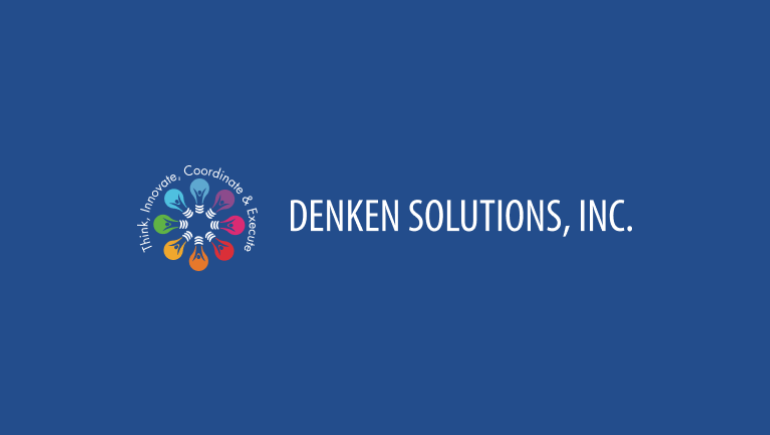The Evolution of Contingent Staffing: How AI is Changing the Game

Introduction to AI-powered contingent staffing
Introduction to AI powered contingent With constantly evolving trends, the world of employment has witnessed an increase in contingent staffing. As a result of contingent staffing, the way companies handle their workforce is changing. Businesses use diverse staffing options to remain flexible and thrive in today’s rapidly evolving market.AI in contingent staffing is transforming workforce management through compliance assurance, payroll optimization, and administrative task automation. Additionally, AI-driven talent acquisition facilitates bias-free hiring procedures, improves applicant matching, and enhances resume evaluation, making the hiring process more efficient and effective.
As businesses continue to adapt to dynamic market demands, AI in contingent staffing is playing a crucial role in enhancing workforce flexibility, reducing costs, and improving hiring accuracy.
How AI helps contingent workers
AI not only benefits a business but also enhances the experience of contingent workers.
- A major instance to prove the above is the personalized AI tools that match workers with projects that align with their skills and career aspirations.
- Automated workflows facilitate smoother onboarding, faster payments, and streamlined communication, which are critical factors in keeping contingent workers engaged and satisfied.
- Using AI can also encompass learning and development.
- AI tools can recommend upskilling opportunities by analyzing individual performance data, thus helping workers expand their expertise and remain competitive in the gig economy. In turn, this led to businesses having access to a pool of highly skilled talent.
Effect of AI on contingent staffing
AI-driven efficiency can help with compliance, onboarding, payroll, and performance tracking, all of which are challenges in managing a temporary workforce. AI driven hiring is changing contingent worker programs in the following ways:
- Automation in workforce management
Timesheet approvals and payroll processing are examples of repetitive operations that frequently deplete resources. These can be handled by AI-powered solutions with little assistance from humans, freeing you up to concentrate on strategic objectives. AI payroll processing streamlines tax filings across jurisdictions and helps with compliance.
- Elevate the candidate matching process
For most businesses, it’s crucial to find contingent talent as soon as possible. Artificial intelligence (AI) can assist in the analysis of contingent labor trends and large datasets by matching applicants based on project requirements and particular talents rather than general job titles. This enables businesses to assemble highly specialized teams, guaranteeing that the appropriate personnel is available to fulfill project requirements.
- Assistance via AI powered chat bots
Chatbots powered by AI are revolutionizing how recruiters interact with possible applicants. AI chatbots contact applicants on their own using a variety of platforms, including job boards, LinkedIn, SMS, and email. They personalize and enliven interactions by using natural language processing (NLP) to start discussions. This helps the recruiters concentrate on making strategic hiring decisions as manual cold outreach is eliminated.
- Improved experience for candidates and employees
AI chatbots improve contact with contingent workers by instantly responding to job inquiries. AI-powered onboarding guarantees that temporary staff members receive prompt training and have access to the tools they need. Feedback systems driven by AI evaluate employee performance and satisfaction, improving the experience for both employers and employees.
Disadvantages of using AI for contingent staffing
Adopting AI in contingent staffing comes with various disadvantages. However, by implementing the right approach, these can be overcome effortlessly. This includes:
- Algorithmic bias:
- AI systems may inadvertently perpetuate preexisting prejudices in labor management and recruiting.
- Solution: To ensure fair and equitable employment procedures, assess AI algorithms regularly to find and remove biases. To improve AI accuracy, use representative and varied training data.
- Data security:
- AI depends on a lot of private employee data, which needs to be shielded against hacking and abuse.
- Solution: To protect information, put strong privacy procedures in place, encrypt data, and adhere to international data protection laws like the CCPA and GDPR.
- Resistance from the employees:
- Employees may worry that AI may disrupt current workflows or replace them.
- Solution: Offer thorough training courses that highlight how AI may enhance human abilities rather than take the place of workers. Emphasize how AI can increase productivity and simplify tedious processes.
- Moral Application
- Stakeholders may become concerned when AI’s decision-making procedures are opaque.
- Solution: Explain openly how AI is incorporated into workforce choices so that stakeholders and staff are aware of its function. Provide rules for the moral application of AI while preserving human oversight in crucial decision-making procedures.
The future of AI in contingent staffing
We must take a balanced approach to AI in the staffing industry. Contingent workforce jobs collaborate more closely with a business and may even be hired temporarily by the business or a staffing agency. This affects the company’s management of these employees and has tax ramifications. At its core, staffing is about people, and AI cannot replace the connections that exist between them. Many candidates like to communicate with their recruiter once a week to discuss how their job search is going and to obtain updates on any additions or changes.
Despite its increasing influence, AI will not replace all jobs. Human comprehension, warmth, empathy, years of experience, and soft talents like intuition, leadership, communication, and time management are all absent from AI.
Even if AI is a very useful technology, human interaction is still crucial. Both employers and employees, whether temporary or permanent, can benefit from AI.
Conclusion
Contingent employment is becoming more strategic, effective, and data-driven than ever before as AI continues to revolutionize the workforce. Companies are using AI-powered solutions to improve workforce agility, maximize talent acquisition, and expedite recruiting while cutting expenses and increasing hiring accuracy.
At Denken Solutions, we embrace these advancements to deliver top-tier contingent staffing solutions tailored to evolving business needs. We assist businesses in finding the correct personnel at the right moment by fusing AI-driven insights with innovative hiring practices, guaranteeing adaptability, effectiveness, and long-term success.



Popular Blogs




What to Read Next

Enhancing Lean Manufacturing Efficiency with Contingent Staffing Solutions

Common Resume Mistakes to Avoid

How to Attract and Retain Your Contingent Workforce
Let's Team Up

Become Our Customer















